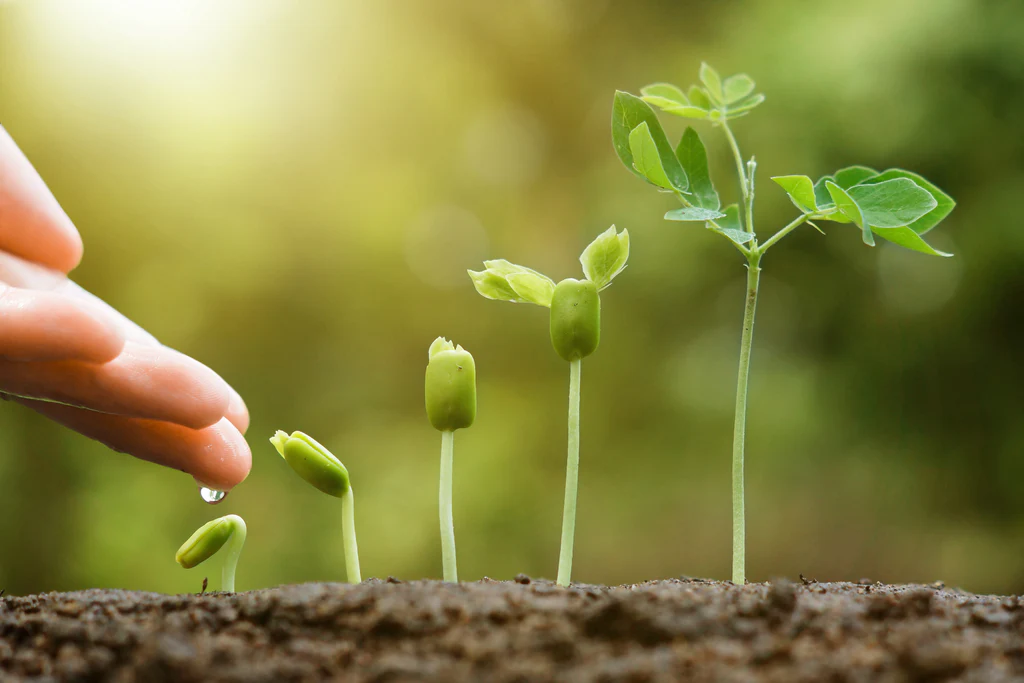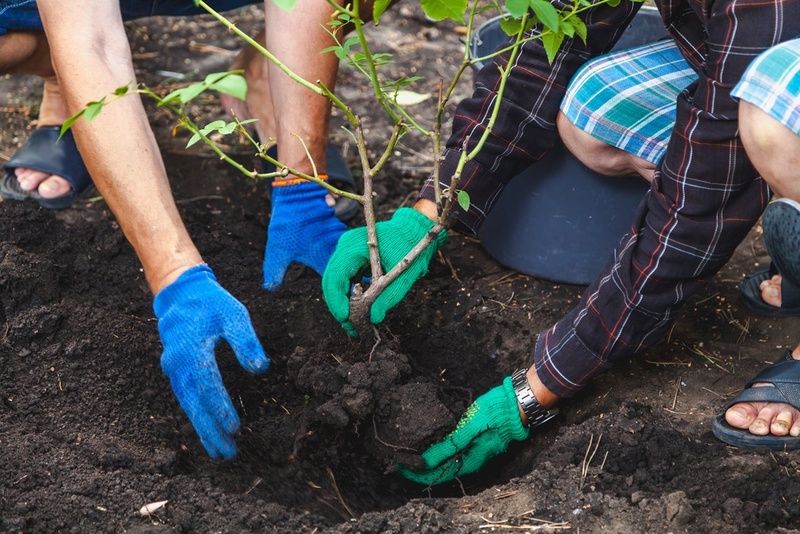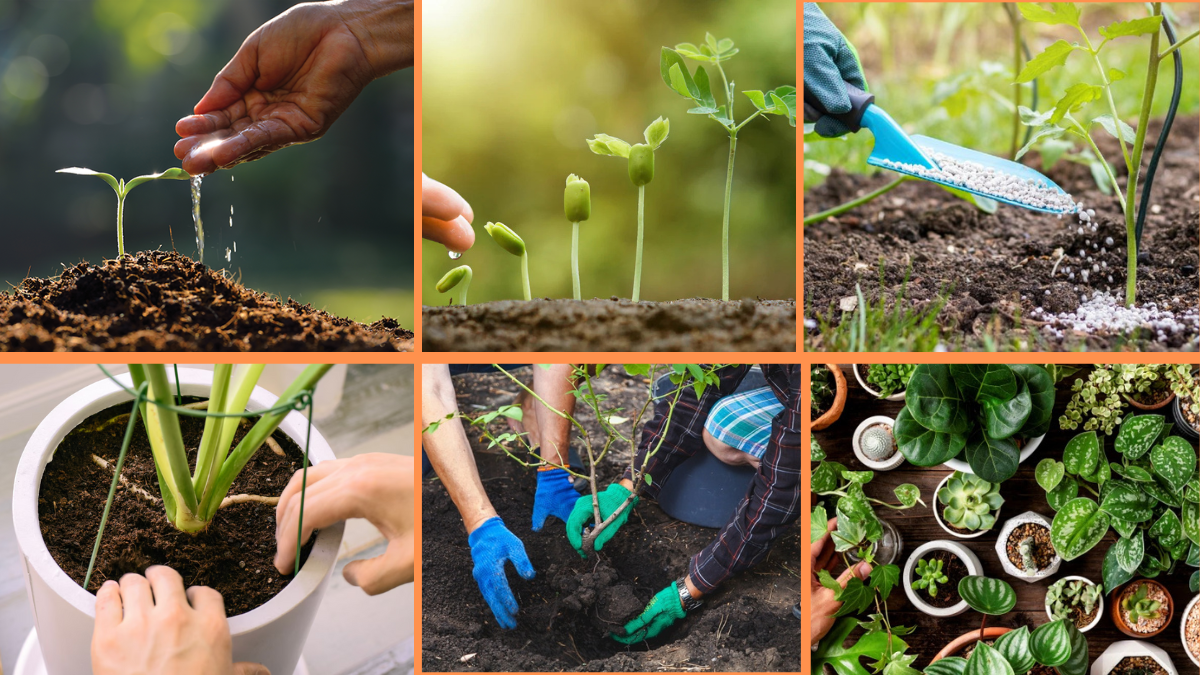Whether you’re a seasoned gardener or a curious plant parent, one challenge we all face at some point is identifying unknown plants. Maybe a friend gifted you a beautiful flowering shrub without a tag, or perhaps a mysterious green sprout appeared in your backyard garden. Proper plant identification is crucial for knowing how to care for your plants, ensuring they thrive in the right conditions, and preventing potential toxicity if you have kids or pets at home.
In this comprehensive guide, we’ll walk you through 10 practical tips to identify your plants properly — using everything from visual clues to modern technology. Whether you prefer old-school field guides or plant-identifying apps, this article will equip you with all the tools you need to solve your botanical mysteries.

Why Is Proper Plant Identification Important?
Before diving into the tips, let’s quickly understand why identifying your plants accurately matters:
- Proper care: Different plants require different watering, light, soil, and fertilizing needs.
- Safety: Some plants are toxic to humans, pets, or livestock.
- Garden planning: Knowing a plant’s mature size, growth habit, and bloom season helps in landscaping decisions.
- Pest and disease management: Correct identification aids in selecting suitable pest control and treatment methods.
- Preservation: Distinguishing between native and invasive species can help protect local ecosystems.
Now, let’s uncover how to identify your plants like a pro.

1. Observe the Plant’s Overall Shape and Size
One of the first steps in plant identification is noting the plant’s general shape and growth habit.
Key observations to make:
- Is it a tree, shrub, vine, ground cover, or herbaceous plant?
- How tall and wide does it grow?
- Does it have a single stem (tree) or multiple stems (shrub)?
- Is it upright, sprawling, or climbing?
These details can immediately narrow down your search to specific plant categories.

2. Examine the Leaves Closely
Leaves are one of the most reliable plant identification features. Pay attention to:
- Leaf shape: Round, oval, lance-shaped, heart-shaped, needle-like, etc.
- Leaf arrangement: Alternate, opposite, or whorled along the stem.
- Leaf edges: Smooth (entire), serrated, lobed, or wavy.
- Leaf texture: Glossy, hairy, rough, or soft.
- Leaf color: Solid green, variegated, silver, or reddish.
Also, note whether the plant is evergreen (keeps leaves year-round) or deciduous (sheds leaves seasonally).

3. Look at the Flowers and Buds
If your plant is flowering, you’re in luck — flowers offer valuable identification clues.
Details to record:
- Color and size of the flowers.
- Petal count and shape (tubular, star-shaped, bell-shaped, etc.).
- Arrangement: Solitary, in clusters, spikes, or heads.
- Blooming season: Spring, summer, fall, or year-round.
- Fragrance: Some plants like gardenias or jasmines are identifiable by scent.
Tip: Take clear photos of the flowers from different angles.

4. Check for Fruits, Seeds, or Pods
Fruits and seed pods can be excellent identification markers.
- Type of fruit: Berry, capsule, drupe, nut, pod, or cone.
- Color and size of the mature fruit.
- Seed appearance: Shape, texture, and pattern.
Some plants like holly or magnolia have distinctive berries or cones that simplify the identification process.

5. Examine the Stem and Bark
The texture, color, and structure of a plant’s stem or trunk can help narrow down the species.
What to look for:
- Stem color: Green, brown, red, or gray.
- Surface texture: Smooth, rough, hairy, spiny, or peeling.
- Shape and thickness of stems.
- Bark pattern on trees or woody plants (striped, scaly, ridged, etc.).
Some plants like birch trees have unmistakable white, peeling bark.
6. Consider the Growing Environment
Knowing where the plant thrives offers valuable clues:
- Soil type: Sandy, loamy, clay, or rocky.
- Moisture level: Dry, well-drained, or wet areas.
- Light condition: Full sun, partial shade, or full shade.
- Climate zone: Tropical, subtropical, temperate, arid, or cold regions.
For example, a succulent-like plant growing in a dry, rocky area is likely drought-tolerant, like a sedum or aloe.
7. Use Plant Identification Apps
Thanks to technology, identifying plants is easier than ever. Several free and paid apps allow you to snap a photo and get instant suggestions.
Popular plant ID apps:
- PlantSnap
- PictureThis
- iNaturalist
- Pl@ntNet
- LeafSnap
While not 100% foolproof, these apps often provide quick, accurate results when paired with your own observations.
8. Consult Gardening Books and Field Guides
For those who prefer traditional resources, plant encyclopedias, field guides, and local gardening books are treasure troves of plant information.
Why use them:
- Contain high-quality illustrations and descriptions.
- Organized by plant type, bloom season, or region.
- Ideal for identifying native plants and wildflowers.
Check your local library or bookstore for titles specific to your country or state.
9. Ask Gardening Communities or Experts
Sometimes, the best way to identify a mystery plant is by asking experienced gardeners. Online forums and social media plant groups are filled with plant lovers eager to help.
Where to ask:
- Facebook plant identification groups
- Reddit’s r/whatsthisplant
- Local gardening clubs or botanical gardens
- Nursery staff and horticulturists
Be sure to share clear photos of the leaves, flowers, stem, and overall plant structure for accurate identification.
10. Observe Plant Behavior Through Seasons
Some plants may look nondescript in one season and reveal distinctive characteristics in another.
Things to note:
- When it flowers or bears fruit.
- How its leaves change color in fall.
- Whether it stays green or dies back in winter.
- How quickly it grows throughout the year.
A perennial flower might die back in winter and resurface in spring, while annuals fade away completely after their bloom season.
Final Thoughts: Become a Plant Detective
Plant identification is both a science and an art. It involves careful observation, pattern recognition, and sometimes a little digital help. By combining these 10 practical tips, you’ll gradually sharpen your ability to identify plants accurately and care for them confidently.
Next time you encounter a plant mystery, grab your phone, a notebook, and your curiosity — and become a botanical detective!





